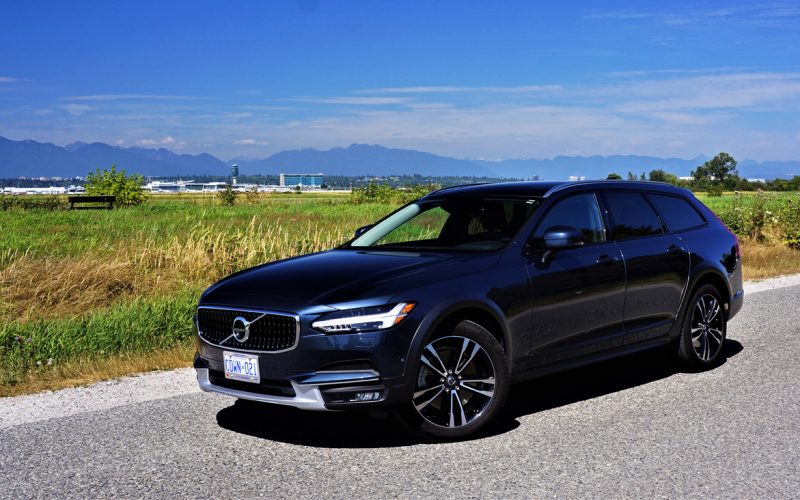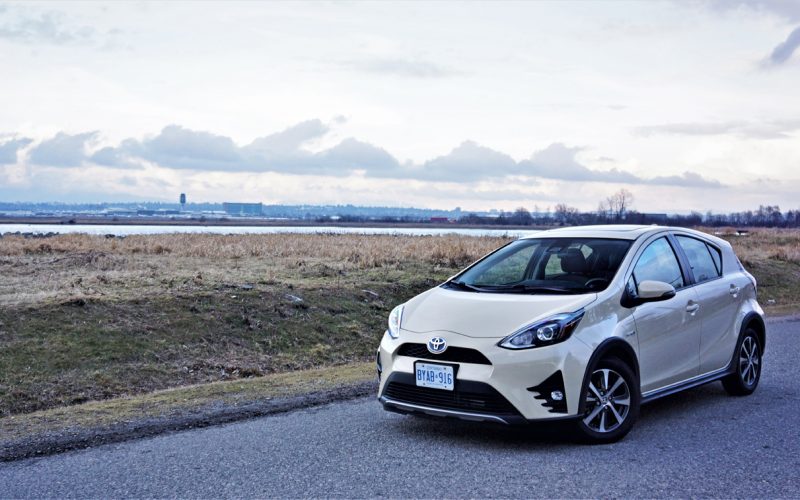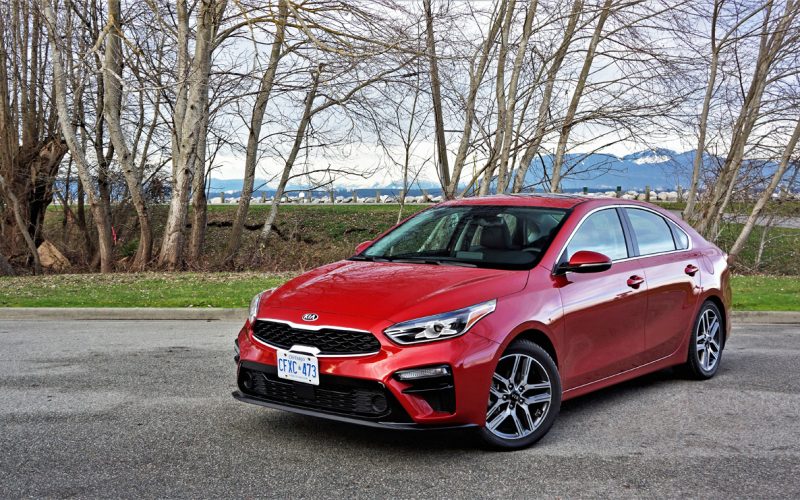
Reading Time: 13 minutesBack in early 2017, Volvo asked us to “rediscover [our] passion in life” in a then

Reading Time: 8 minutesIn case you hadn’t heard, the Prius C was discontinued as 2019 came to a close,

Reading Time: 8 minutesSo much has changed within North America’s small car categories over the past couple of years,
© 2025 The Car Magazine. All Rights Reserved, Privacy Policy | Terms of Use